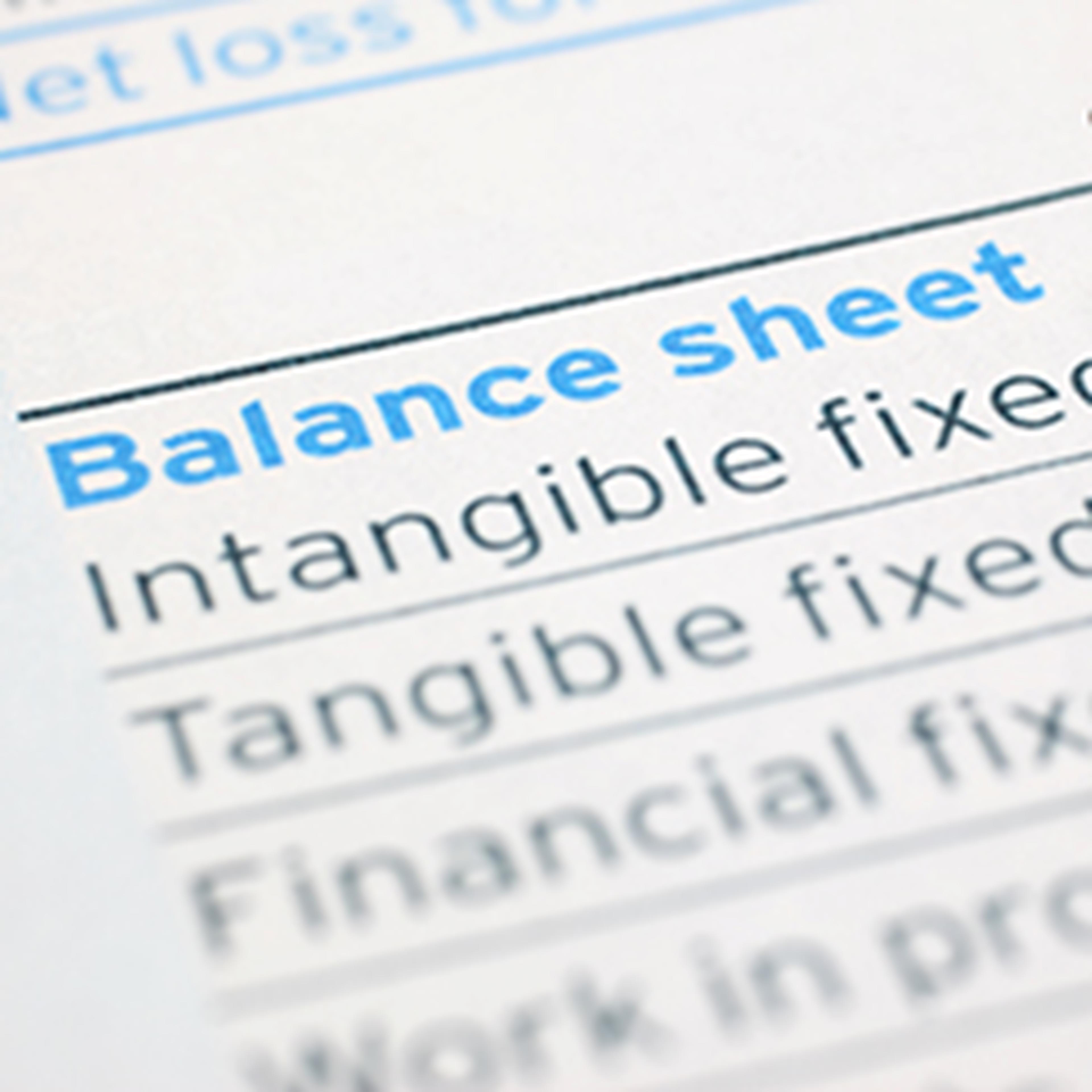Guidance on Compliance Knowledge Hub
Welcome to CPA Ontario’s Guidance on Compliance knowledge hub and resources for CPAs to help you save time and keep you apprised of the latest developments in our profession. The knowledge hub was created for CPAs by CPAs and provides you current guidance and curated resources on assurance standards, sustainability standards and so much more. Whether you work in public practice, industry or are retired, this web page will help you stay informed at any stage of your CPA journey. Be sure to bookmark this web page and check regularly for updates.
Quick links
Contact us
Have a question? Our professional advisory services team are here to help. Advisors attempt to make first point of contact within 24 hours of receiving an inquiry.
Call: 416 204.3106 or 1 800 387.0735 x4456
Disclaimer
Certain links on this site take you to other websites, resources or tools maintained by third parties over whom CPA Ontario has no control. CPA Ontario provides these links only as a convenience and is not responsible for the contents of any linked website. CPA Ontario makes no representations or warranties regarding, and does not endorse, any linked website, the contents thereof, the information appearing thereon or any of the products or services described thereon. Links do not imply that CPA Ontario sponsors, endorses or is affiliated or associated with the entity that owns or is responsible for any linked website. If you decide to visit any linked websites, you will do so at your own risk. CPA Ontario bears no responsibility whatsoever for the content, accuracy or security of any websites that are linked (by way of hyperlink or otherwise).







